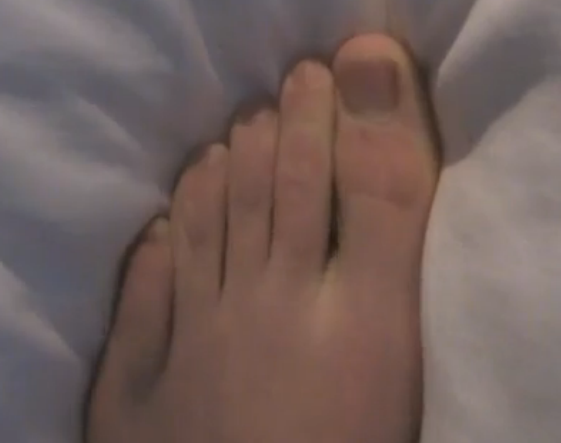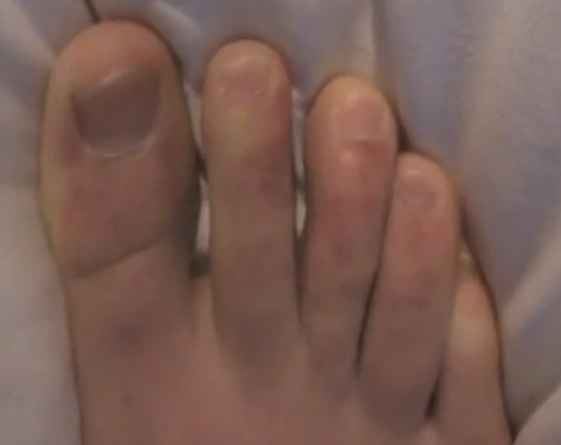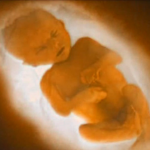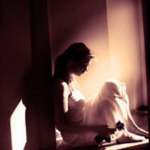Extremely cold temperature has a drastic effect on the skin causing a discomforting skin problem called chilblains. People affected by this condition develop tiny red bumps on the skin that are both painful and itchy. These bumps normally affect the extremities, like the toes and fingers as well as the ears and nose. It is usually a mild inconvenience during cold weather. However, it can be problematic if blisters start to form, hence, making it susceptible to infections.
Treatment is not usually needed because chilblains clears up on its own in 1 to 3 weeks time and does not cause any kind of permanent damage. Even so, individuals who suffer from it may still opt to treat it to help in dealing the swelling, pain and itchiness. The condition can be treated at home with lotions and creams. But if signs of infection are apparent, it is best to seek professional medical advice.
What Causes Chilblains?
Tiny blood vessels can be found underneath the skin which constrict when the temperature gets cold to save up body heat. They likewise loosen up when it gets warm to help cool down the body. In the case of chilblains, some of the blood vessels underneath the skin expand more rapidly but the nearby blood vessels do not. This causes some blood to leak out into the neighboring tissues therefore resulting in swelling.
Experts do not know exactly why this occurs but they believe that the problem could have something to do with the body’s response to the rise and fall of temperature. There are several contributing factors that cause chilblain to arise, and these are:
- Poor circulation
- Blood vessel problems
- Anemia
- Unhealthy dietary habits
- Hormonal imbalance
Chilblains can also be either acute or chronic. People who develop the acute type have to deal with the condition for a very short period of time, usually in 1 to 2 weeks. On the other hand, those who are affected by the chronic type have the condition for 3 years or more which worsens during winter and improves during summer.
Who is at risk of Chilblains?
Anything that affects the normal functioning of the blood vessels can instigate chilblains, be it unhealthy lifestyle habits or medical condition. People who smoke and suffer from lupus and Raynaud’s syndrome are primarily affected by cold-induced sores. For some unknown reasons, studies showed that it more commonly affects females than males. The condition has been found to afflict those who are underweight and live in low and non-freezing climates.
Based on data obtained by researchers, the chances of being affected by chilblain is high among:
- Smokers
- Cold-sensitive individuals
- Underweight
- Raynaud’s patients
Chilblain is a common complaint during winter and spring but resolves completely in the summer.
What are the symptoms of Chilblains?
The effects of chilblains can be summarized as follows:
- Small red swellings on the feet, hands, ears and nose
- Itchy and burning sensation on the affected areas
- Color changes of the skin from red to bluish or purplish
- Pain
Blistering and ulceration will occur with severe chilblains. These uncomfortable symptoms usually disappear when the weather gets warm. However, this inconvenience keeps coming back during cold weather for people with chronic chilblain.
Chilblain does not usually need an immediate trip to the doctor, but it will if there is severe pain,; blisters form; it becomes infected; or doesn’t resolve in 2 weeks.
People with Raynaud’s, lupus and diabetes should see the doctor when red and itchy swellings develop on the skin, particularly the extremities.
How is Chilblains treated?
Chilblain is relatively uncomfortable and treatment helps the patient deal with the itchiness and pain that comes with the red swellings on the skin. But since it resolves on its own, treatment is not always necessary. Even so, sufferers can still benefit from treating chilblains by preventing secondary infections from happening which can be potentially life-threatening.
Applying corticosteroid creams and cleaning the broken skin are effective ways to deal with the discomfort and prevent infection. Anti-hypertensive medications or those that help loosen blood vessels might be prescribed to help improve blood circulation.
There are natural ways to treat chilblains too, and these have been proven effective as well.
- Massaging the affected skin with essential oils such as eucalyptus, peppermint and rosemary; peppercorn and mustard massage oil; and cayenne oil and warm vegetable oil.
- Applying finely-grated turnip paste; rubbing a slice of onion or fresh potato to help relieve itching and swelling.
The following can also help address chilblains:
- Wear warm clothing during cold weather
- Get plenty of exercise to improve blood flow
- Eat a healthy diet with high vitamins, minerals and calcium content
- Stop smoking
- Apply topical creams or lotions
- Avoid scratching the affected skin
Always remember that chilblains warrant a prompt visit to the doctor when signs of infection are visible.
Chilblains Pictures





